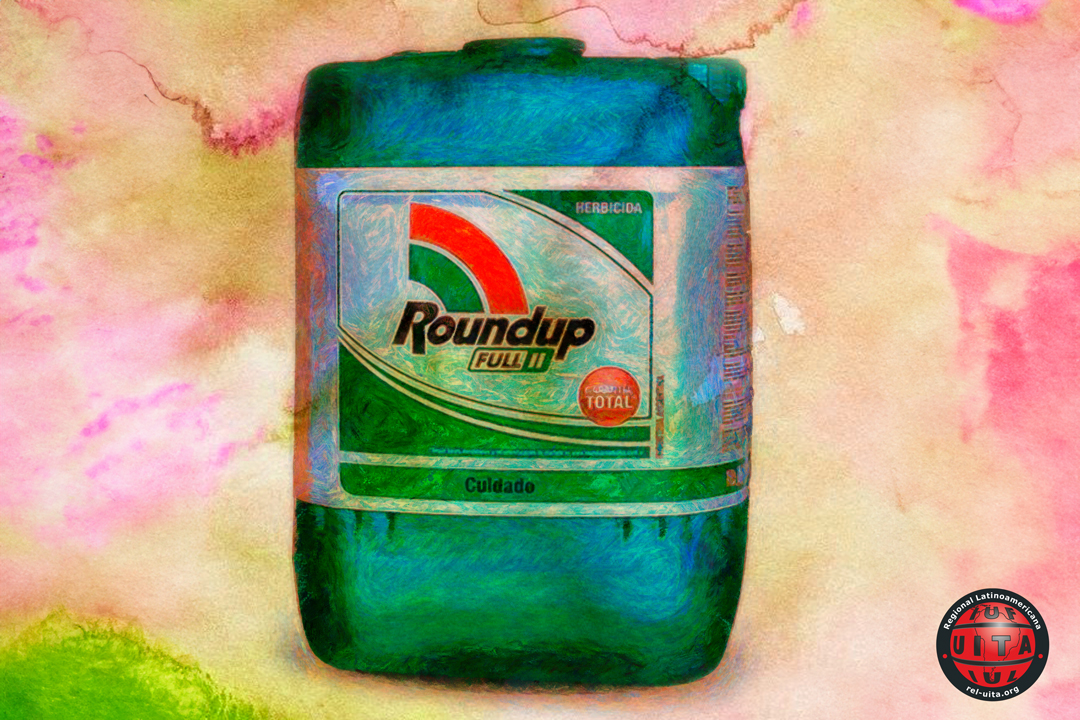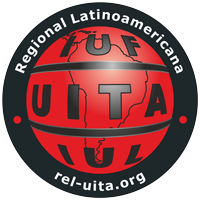Toxic agrochemicals, a Brazilian specialty
Brazil is the country with the highest use of toxic agrochemicals in the world, using more even than two powerhouses such as the United States and China combined.
Daniel Gatti
16 | 2 | 2024

Image: Allan McDonald
According to a report just published by the Food and Agriculture Organization of the United Nations (FAO), in 2021 Brazil applied almost 720,000 tons of these poisons in its fields, compared with 457,000 by the United States (the country that comes second in this environmental horror ranking) and 244,000 by China.
The progression has been brutal: in 31 years, toxic agrochemical consumption in the South American giant increased by 1,300 percent, having stood at a “mere” 51,100 tons in 1990.
In terms of the surface area covered by these substances, in 2021 Brazil used 10.9 kilos of toxic agrochemicals per hectare, while the United States used 2.85 and China 1.9; and in relation to the population, Brazil applied 3.31 kilos per person, the United States 1.36, and China 0.17.
The South American nation is also among the world’s largest importers of toxic agrochemicals. In 2022, according to statistics from the Institute of the Environment and Natural Resources, Brazil came first in that sense, with 283,000 tons.
The cause of this phenomenon lies in the development of a production model that is dependent on toxic agrochemicals, Gerson Teixeira, director of the Brazilian Association for Agrarian Reform (ABRA), told the news site Brasil de Fato.
The pace is set by the needs of agribusiness and not by the needs of the population, he noted.
The population has come out losing with this model in every respect, starting with health.
In a document published in 2022, the European chapter of Friends of the Earth reported that as a result of the increasing use of toxic agrochemicals, one person dies every two days in Brazil from various types of poisoning.
Twenty percent of all those who die from such poisoning are under the age of 19.
Teixeira noted that the option of an agricultural production model geared toward foreign markets has made Brazil increasingly dependent on technological packages designed to obtain higher yields.
“The environment is also paying the price for this production model, which encourages the plundering of ecosystems,” Larissa Bombardi, professor in the Department of Geography of the University of São Paulo (USP), added.
In line with her, Luiz Marques, professor in the History Department of the State University of Campinas (Unicamp) and author of the book Capitalism and Environmental Collapse, said that the “export-oriented agricultural model impacts by furthering the destruction of Brazil’s vegetation cover, both in Amazonia and in other biomes”.
Today Brazil is the world’s second largest exporter of agricultural products, behind the United States, but that position benefits agribusiness companies far more than it does Brazilian consumers and the sector’s workers.
The model has soybean as its star crop, a crop that has become almost entirely transgenic.
Plantations of this legume in Brazil currently take up an area that is ten times larger than the country’s entire urban space, according to MapBiomas, a collaborative initiative of the Climate Observatory of Brazil that brings together universities, NGOs, and some companies.
“Brazilian agriculture believed that genetically-modified soybean would reduce the need for these poisons and fertilizers. Instead, the opposite occurred: it increased dependence on both,” ABRA agronomist Texeira highlighted.
Bombardi also stressed the complicity of multinational corporations, mostly European, with this model.
Companies such as Bayer and BASF “work together with Brazilian agribusiness to spread these poisons in the fields” of the South American country, the researcher wrote, recalling that a third of global production of toxic agrochemicals takes place in the European Union (EU) and that a large proportion of those chemicals are exported because many of them are banned from use in the EU itself.
Of the 10 toxic agrochemicals most widely used in Brazil, half are banned in the EU, which in total has withdrawn authorization for sale in the region for 269 such products because they have been proven harmful for human health. Of those, only 30 cannot be marketed in Brazil.
